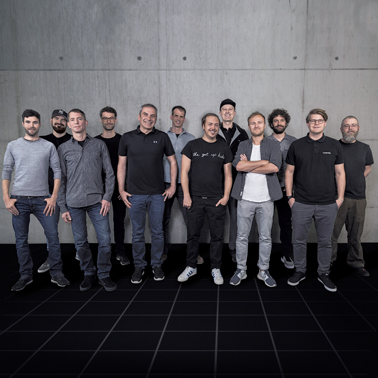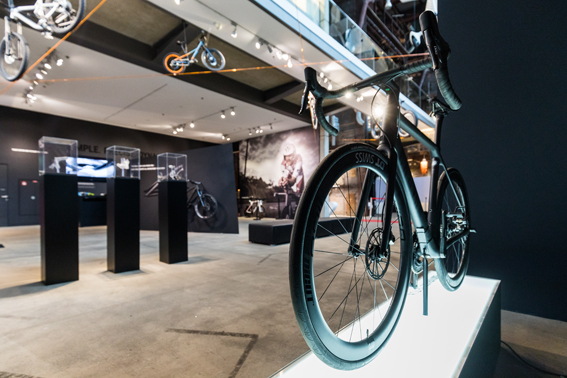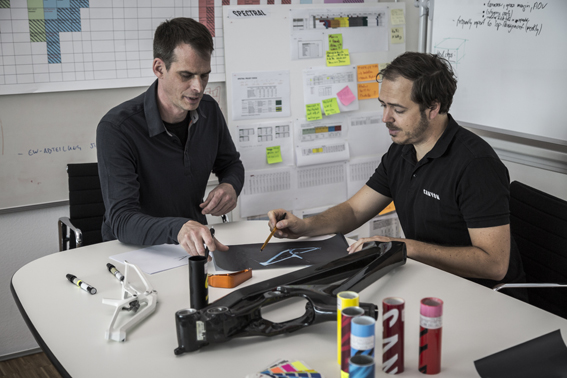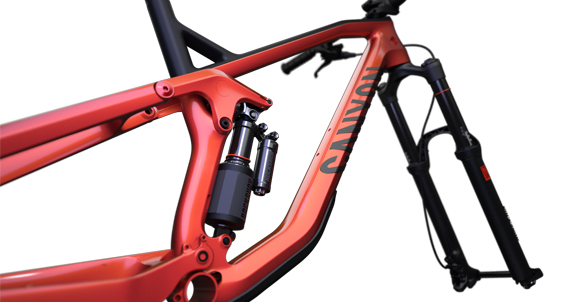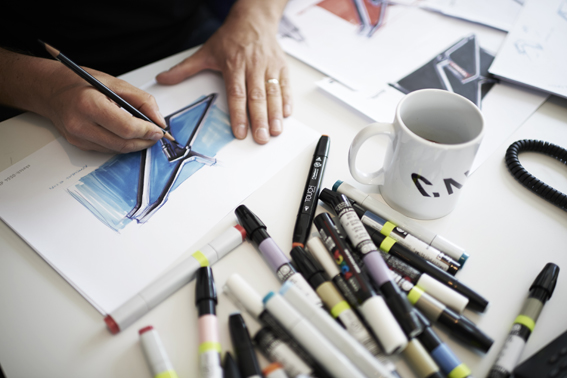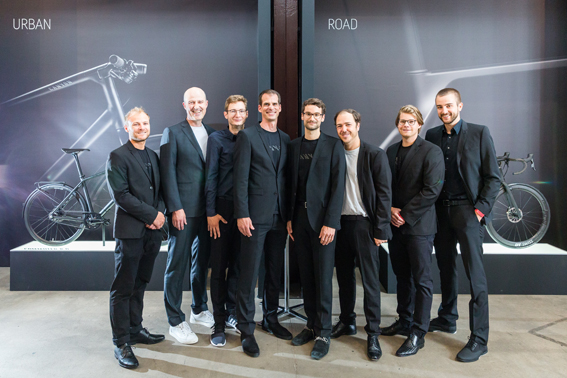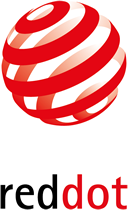The Red Dot: Design Team of the Year 2017 in an interview: innovations of the bike industry, design processes as well as particularities of Canyon’s design
The Canyon Design Team is Red Dot: Design Team of the Year 2017. For the first time in the history of the Red Dot Award: Product Design, the title of honour as well as the “Radius” challenge cup were bestowed on a design team of the bicycle industry. Led by Lars Wagner and Peter Kettenring, the Canyon Design Team was honoured for its consistently high design achievements. But what makes the design of the bicycles so special and how do the designers work? Red Dot spoke with Lars Wagner, Senior Industrial Designer Road Bikes, and with Peter Kettenring, Senior Industrial Designer Mountain Bikes.
Mr Kettenring, Mr Wagner, what does cycling actually mean?
P. Kettenring: Roman Arnold, the founder and CEO of Canyon once said: “When I learned to cycle, I felt great freedom for the first time.” Basically, cycling is about moving oneself forward independently.
Is it possible to reinvent the wheel?
P. Kettenring: Maybe not the wheel, but certainly the bicycle. Bike design has undergone a lot of change, and this will continue to be the case.
L. Wagner: Interestingly, the bicycle is much older than the car, but the classic ideas of industrial design came comparatively late to the bicycle industry. Bicycle design is still a relatively new discipline. This means that we have not yet reached a stage where no more innovation is possible. Development is a continuous process.
P. Kettenring: For example, we developed a Shapeshifter function for the “Strive” mountain bike. The bike looks like a traditional mountain bike but allows the rider to choose between two different geometries at the touch of a button and to tune the bike to different trail conditions on the fly: uphill and downhill. It’s like having two bikes in one.
How would you describe the design process at Canyon?
P. Kettenring: We start with a rough 3D sketch. Then we make a 3D print. Next, we can use picture editing to change gradients. After that, the draft design goes back into the CAD system.
L. Wagner: The 3D print allows us to check the design. We don’t use traditional modelling. Instead we print smaller true-to-scale models and components in house. The parts are then assembled in the technical workshop. After all, we work with very different components, and each one has to fit. As designers, we also create the final shapes, and the engineer is responsible for the interfaces to the other mounting parts. As a result, we know exactly what the bike ultimately has to look like and will look like.
P. Kettenring: Artwork is still a very important topic, because the lettering, logos and colours are linked very closely to the design. The lines and the edges of the frame are reflected in and enhanced through the art-work, preventing them from disappearing during the painting stage. But we never create effects that do not exist in the form. By the time the finished bike is wheeled into our office, it’s already like an old friend.
L. Wagner: Yes, it’s already familiar, we have seen each other before.
But Canyon design involves even more than that.
L. Wagner: Depending on the type of bike, there are different requirements in terms of aerodynamics, weight, rigidity and comfort. Bringing these opposing factors into harmony with each other is what we do, and that’s what makes it exciting.
P. Kettenring: At the same time, Canyon succeeds better than almost any other manufacturer in combining the different bikes under one design and brand language. Every line, every detail and every shape should convey simplicity and precision.
Yet designing simplicity can be very complex.
L. Wagner: Of course, we always try to simplify the bikes. The frame is the structure that keeps the different elements and parts in place. That automatically leads to a certain complexity, because certain connections have to be made. We try to reduce this complexity.
P. Kettenring: The best simplification is one that not only reduces the design but also improves the function. That is a challenge and a difficulty at the same time. Not only do you take something away, you also create an improvement.
The whole interview with the two designers can be found in the Red Dot Design Yearbook 2017/2018. With the self-designed special exhibition “Design that talks”, Canyon presents its design achievements until 27 August in the Red Dot Design Museum Essen, Germany.
